
|
A large number of ancient African tribes are still living in the Omo Valley region of Southern Ethiopia. Those tribes have been living near the Omo river for centuries. This photo series offers an incredibly rare window to the people of the Omo valley, who live very different lives than our own, under harsh conditions. But they are a beautiful, proud people, and it is a joy to see them in their environment. |
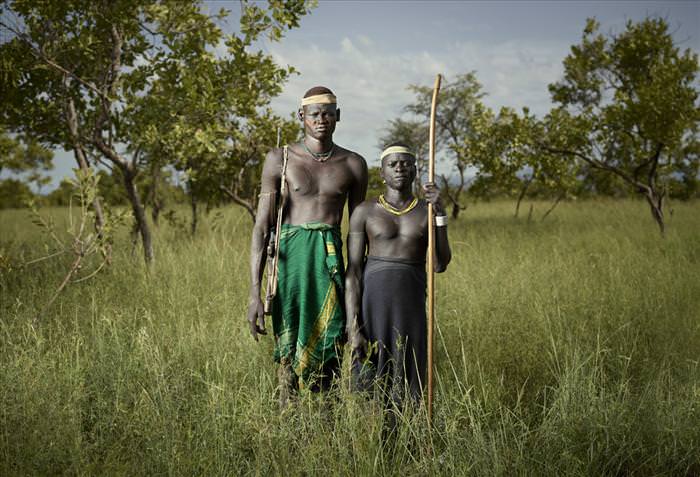 |
|
For generations the tribes of the Omo were shielded from the outside world by mountains, savanna, and by Ethiopia's unique status as the only African nation never to have been colonized by Europeans. |
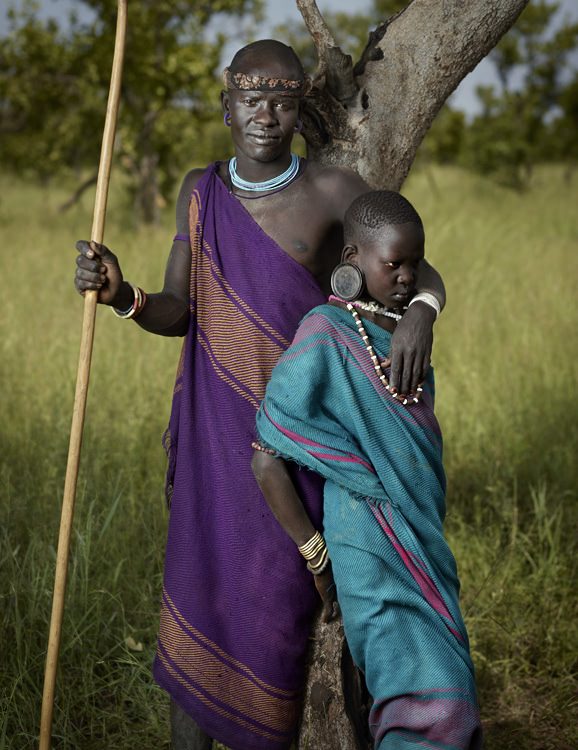 |
|
In the late 1960s and '70s, anthropologists began recognizing what that meant—people living near the river had largely escaped the colonial blundering and conflict that shredded other societies. |
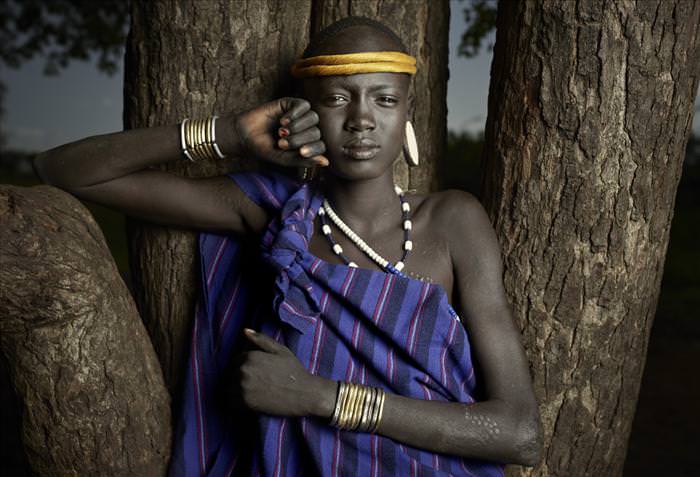 |
|
The tribes remained intact, migrating, warring, and making peace in ways that had vanished almost everywhere else. Hints of this Africa still appear in the ornamental clay lip plates worn as symbols of beauty by Mursi women or in the seasonal dueling contests of the Suri, who tie on armor made of goat hide and fight each other with long poles. |
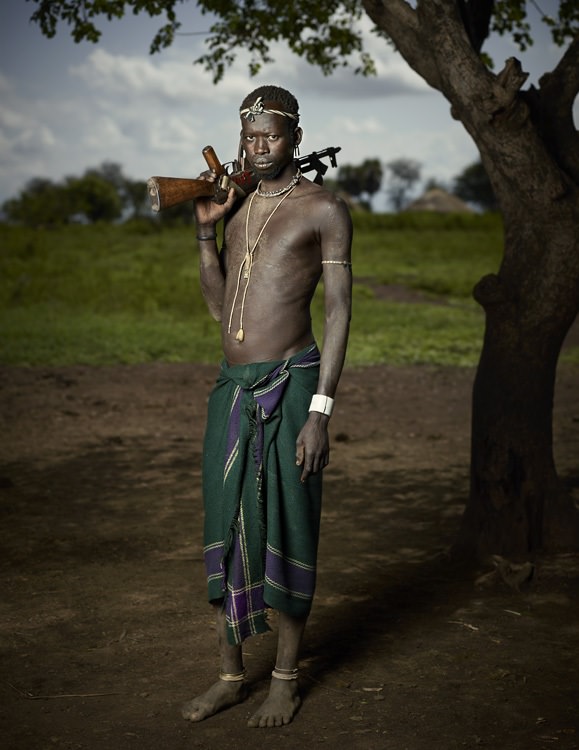 |
|
There is still the Hamar ritual in which women demand to be whipped until they bleed, and there's the cattle-jumping initiation rite, in which boys run along the backs of cattle to prove they are ready for manhood. |
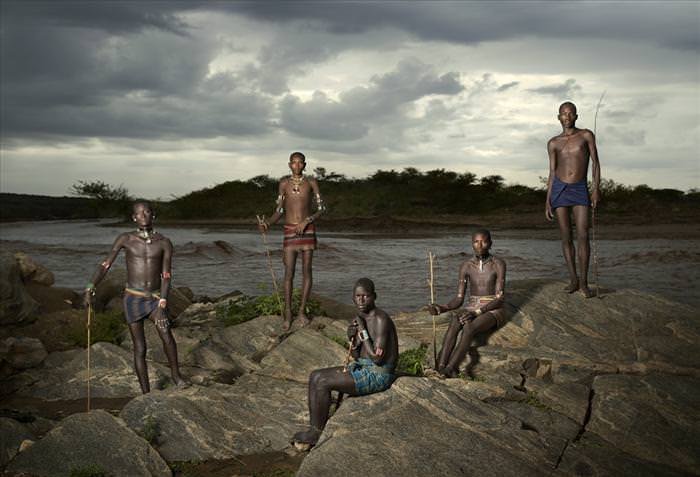 |
|
Today the Omo Valley is a destination for wealthy tourists who cross vast, uncomfortable distances to witness those same rituals—vanloads of white faces, most from Europe, hoping for something of the Africa that exists in the Western imagination, all wild animals and face paint and dancing. Tourists say they have come to see the Omo before it becomes like everywhere else, as though a McDonald's might suddenly descend from the sky. |
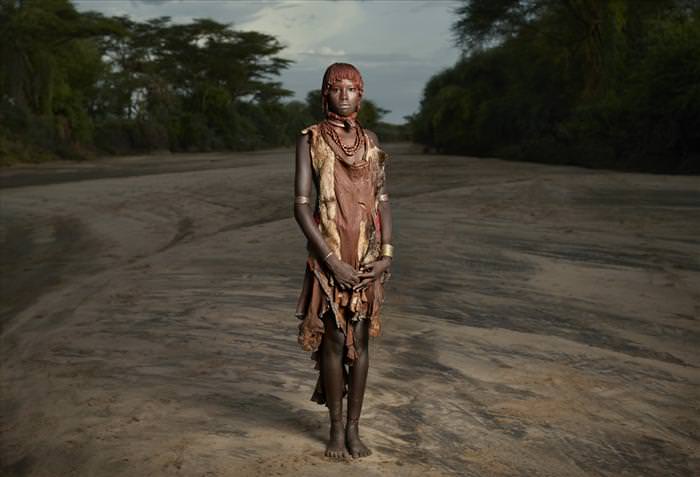 |
|
Yet it's true: The Omo region, still one of Africa's most intact cultural landscapes, is changing. The big game are mostly gone, hunted out with weapons that flow in from wars across the borders in Sudan or Somalia. Aid organizations deliver food, build schools, and plan irrigation projects, all of which make life more stable but inevitably, unstoppably, change the way it has long been lived. |
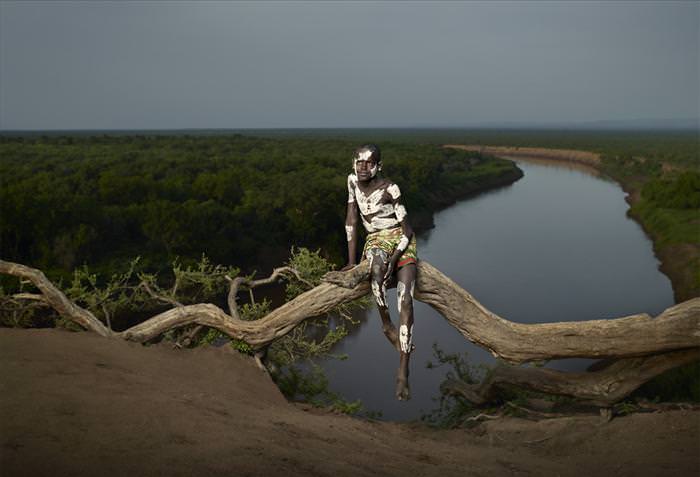 |
|
The government, which for generations essentially ignored this place, now works to modernize Omo tribes, and some officials speak as if timetables have been drawn up describing exactly when and how the old ways will be replaced. |
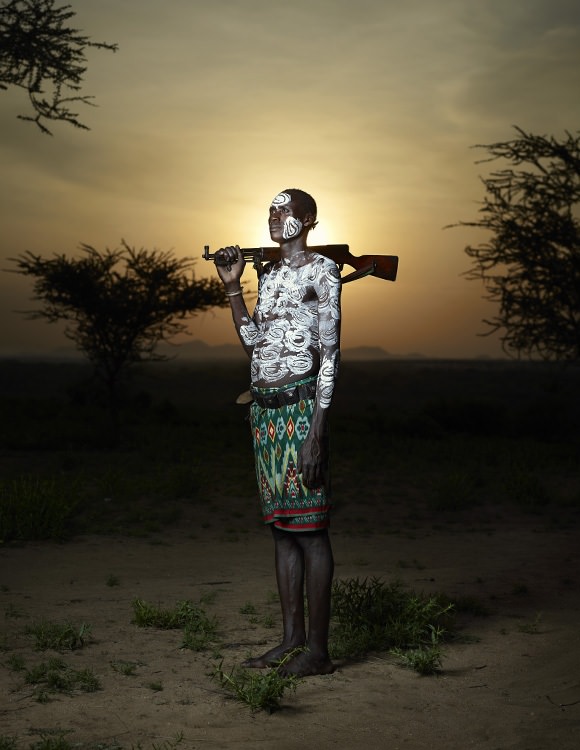 |
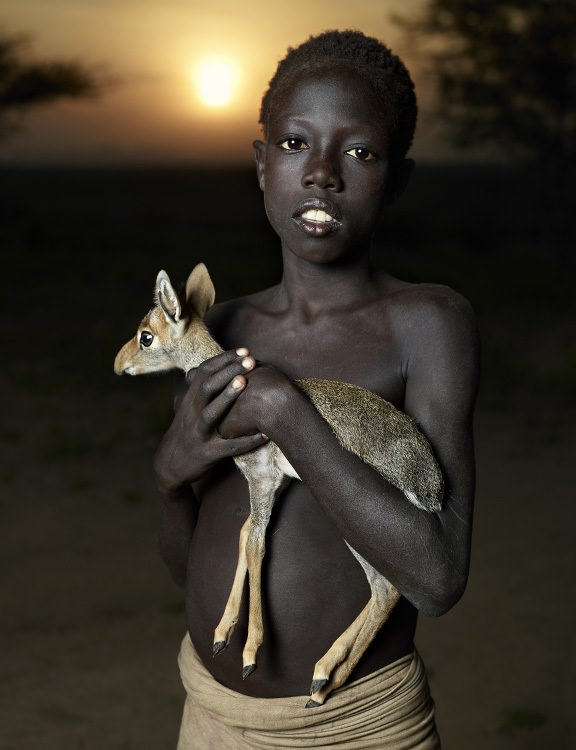 |
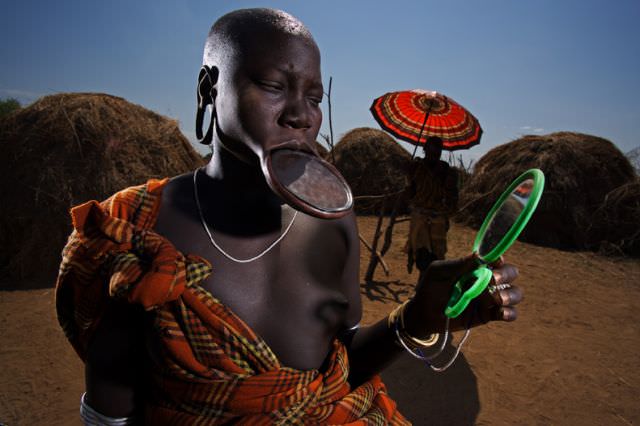 |
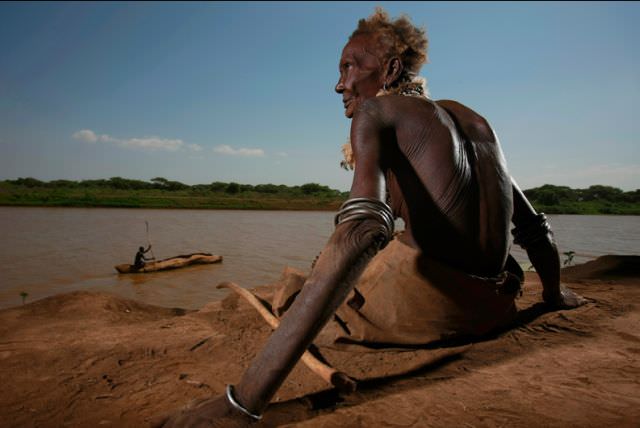 |
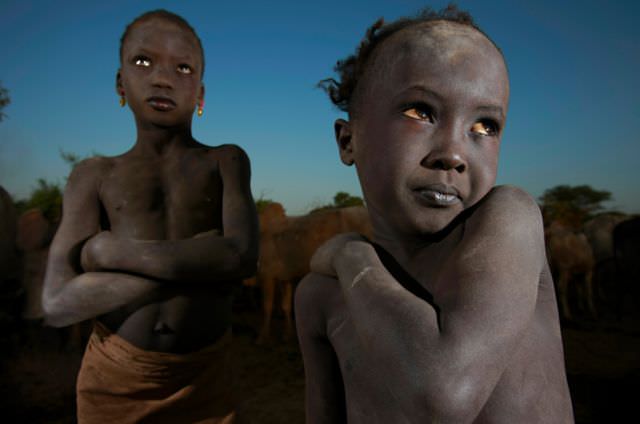 |
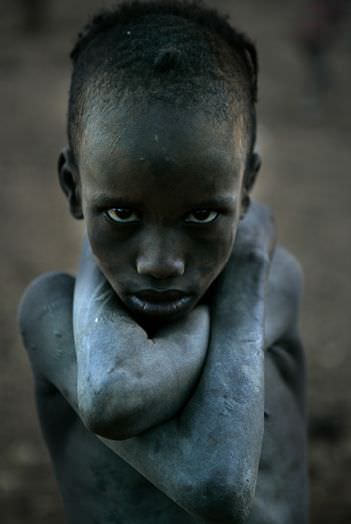 |
 |
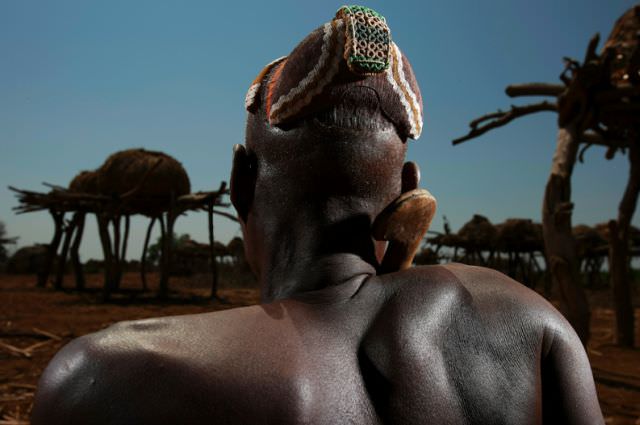 |
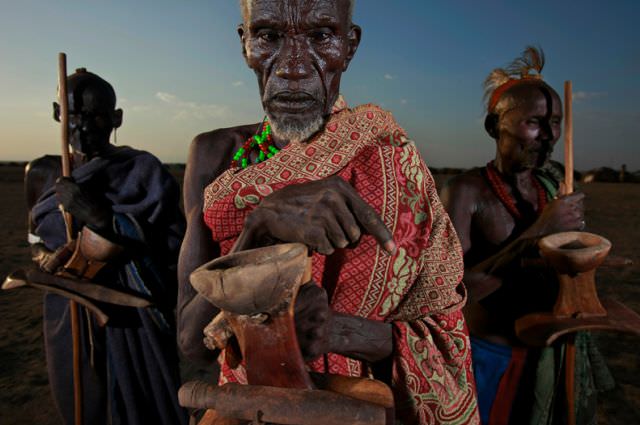 |
 |
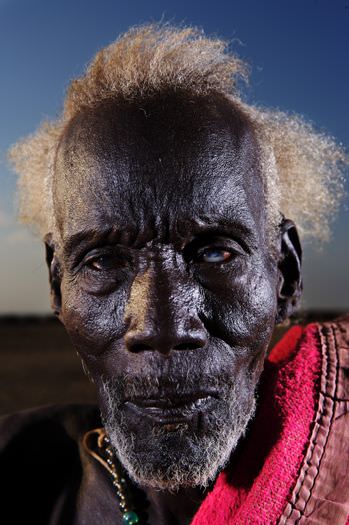 |
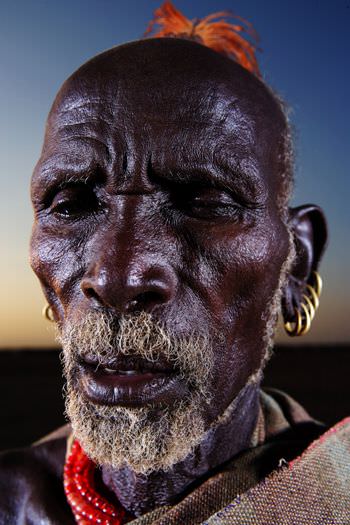 |
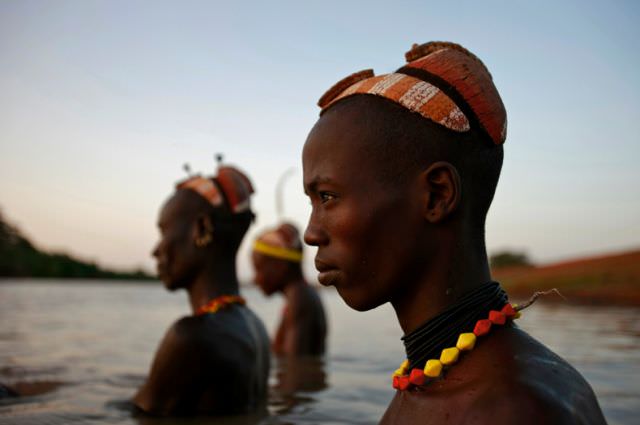 |
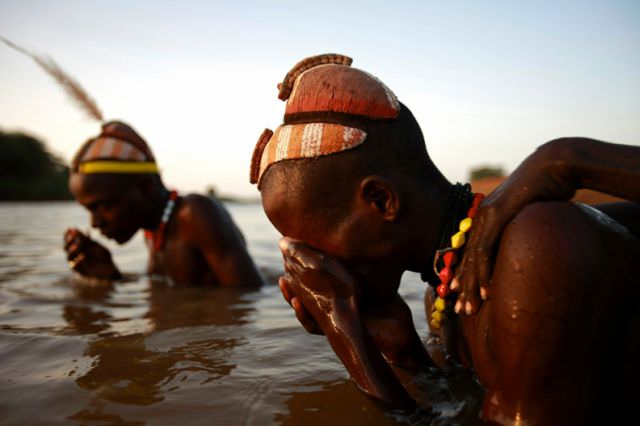 |
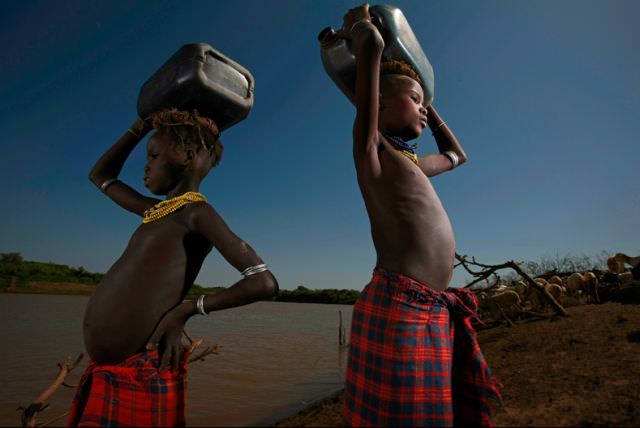 |
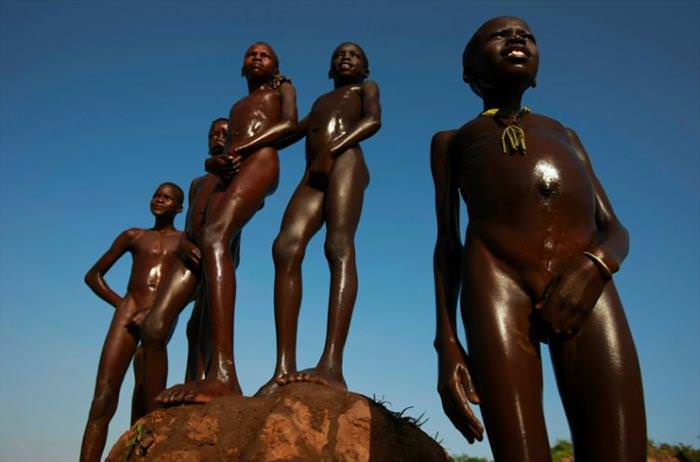 |
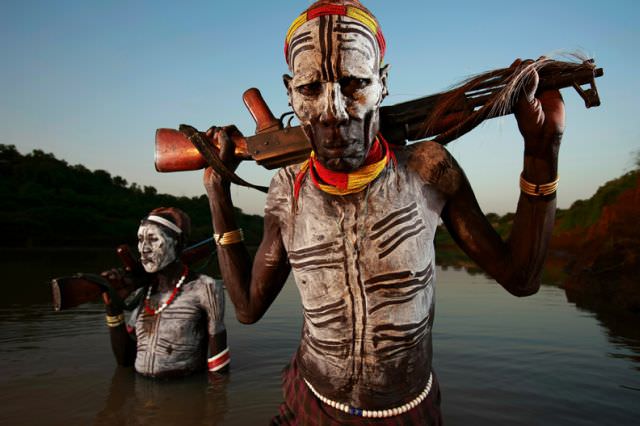 |
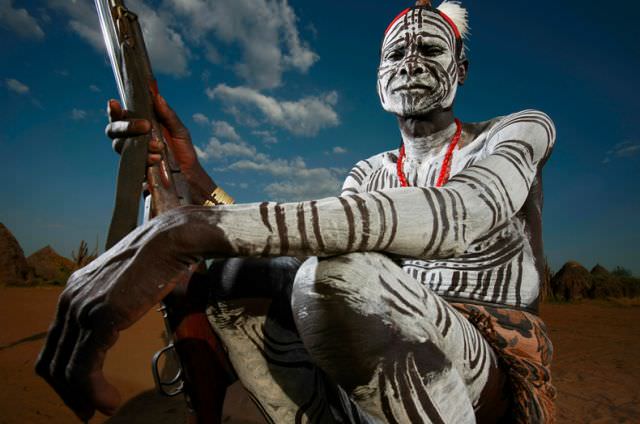 |
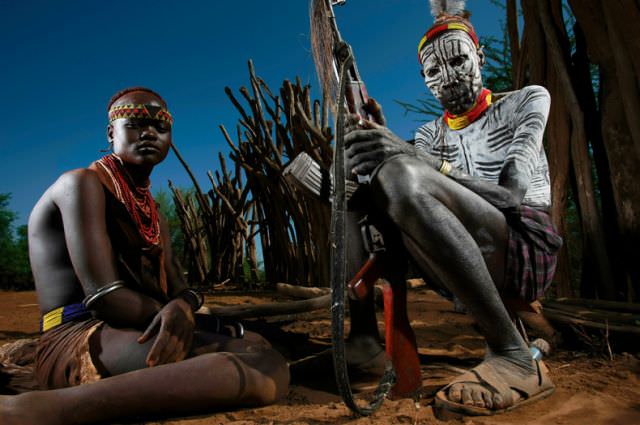 |
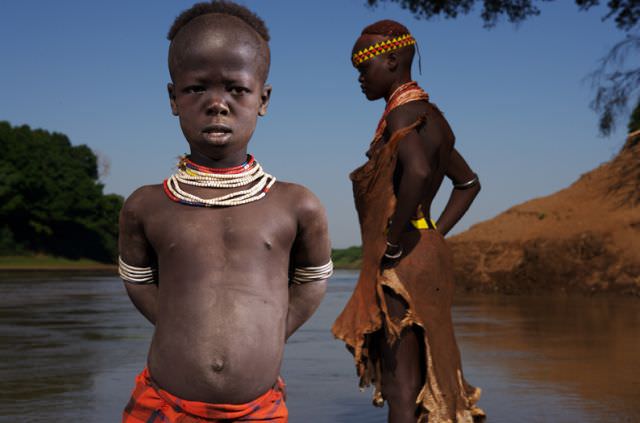 |
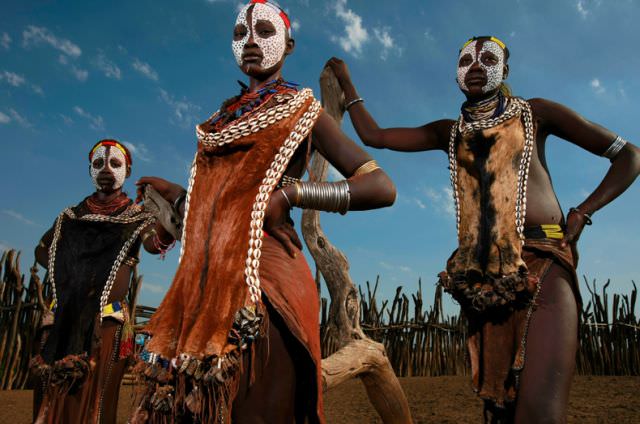 |
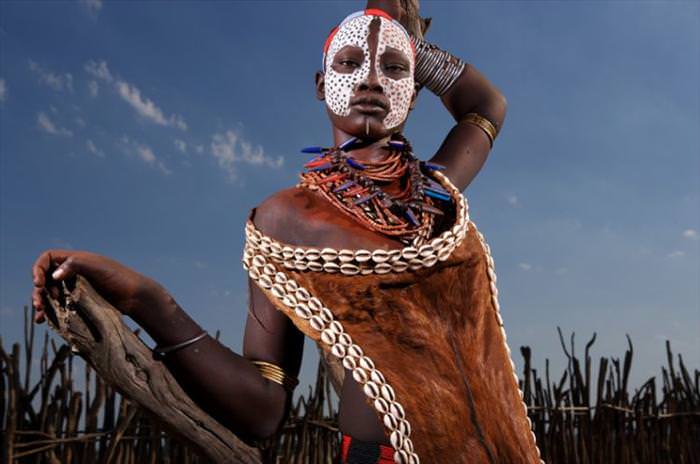 |
 |
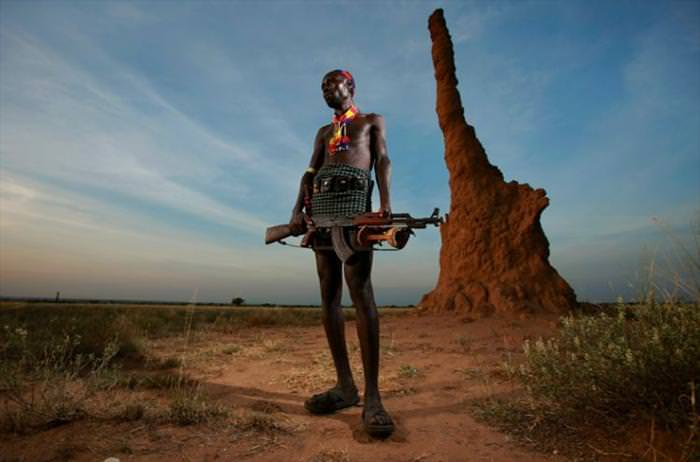 |
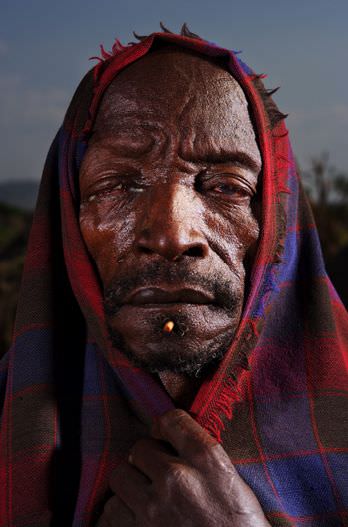 |
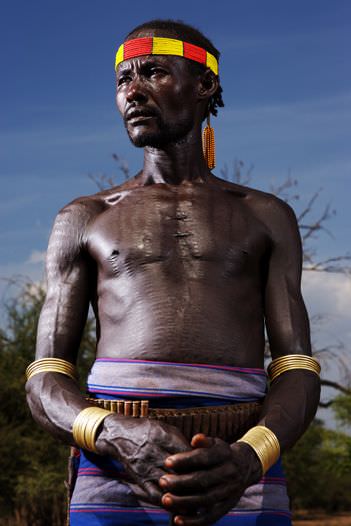 |
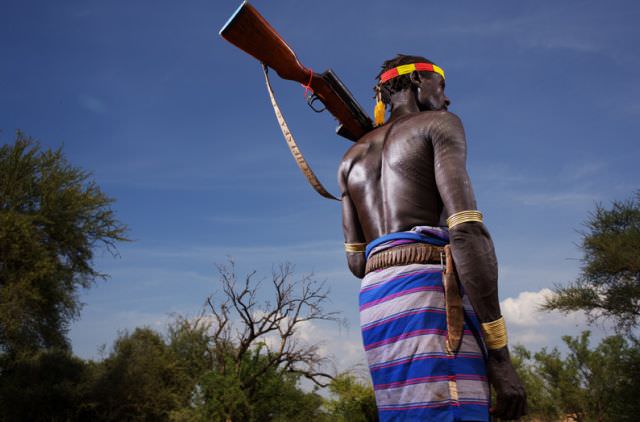 |
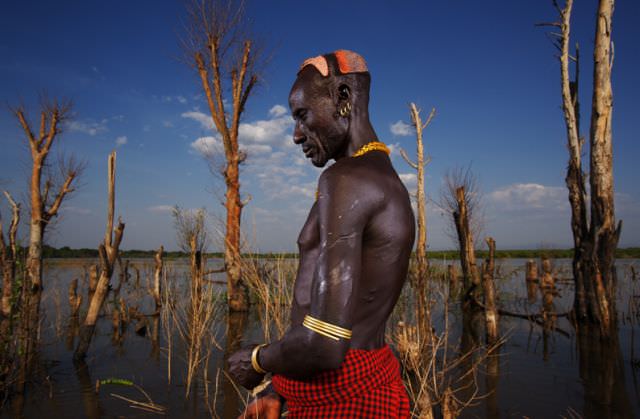 |
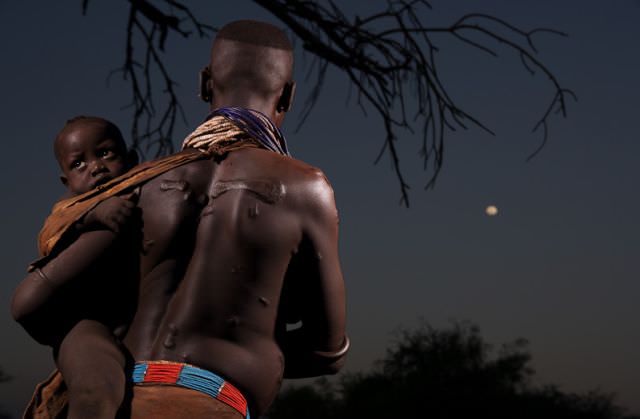 |
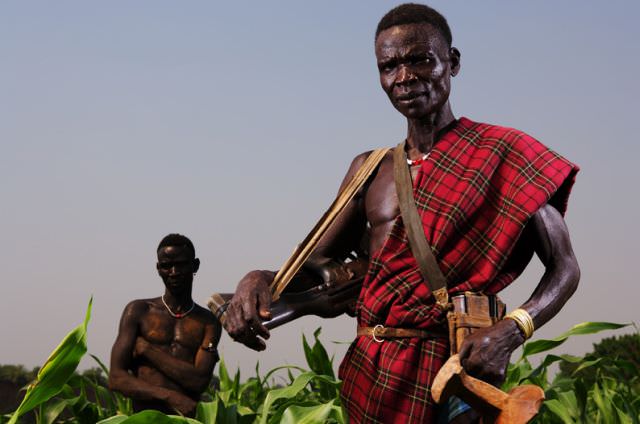 |
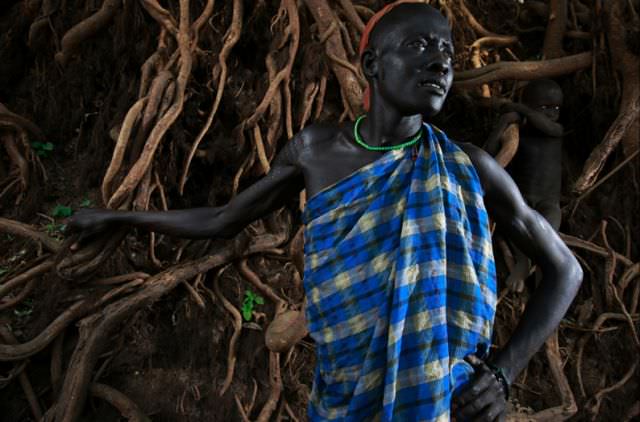 |
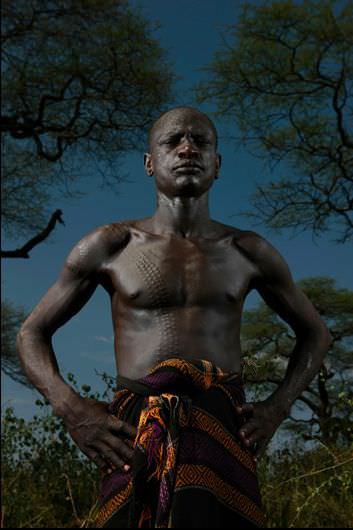 |
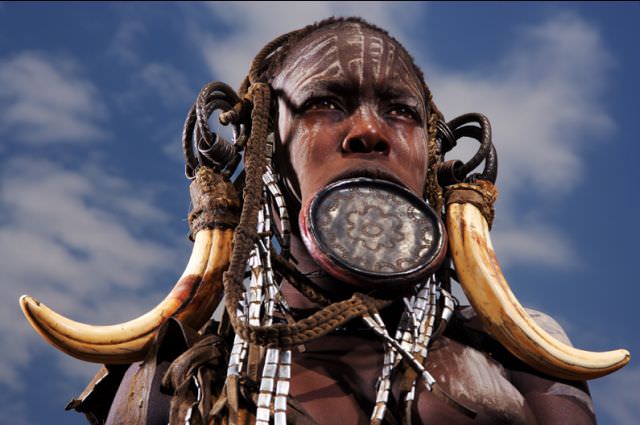 |
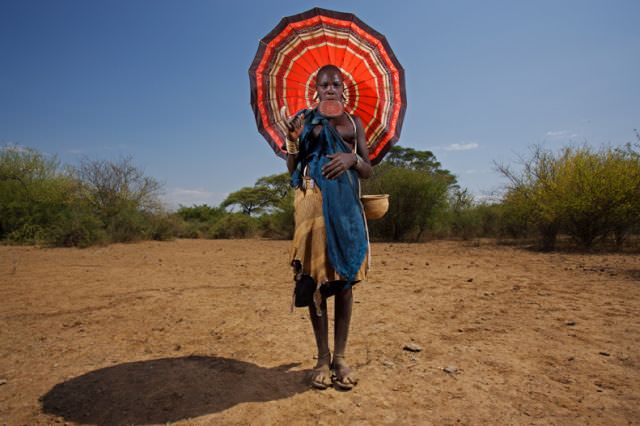 |
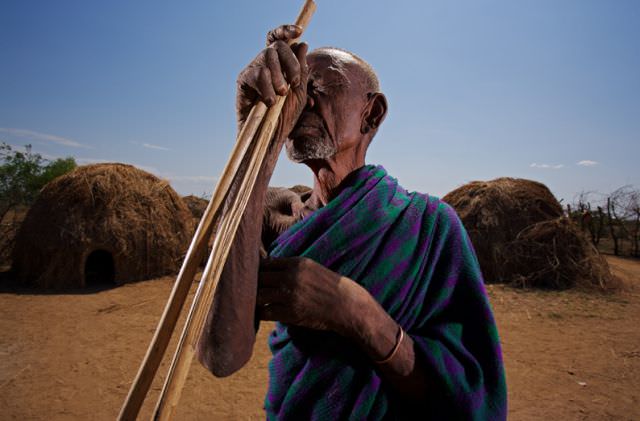 |
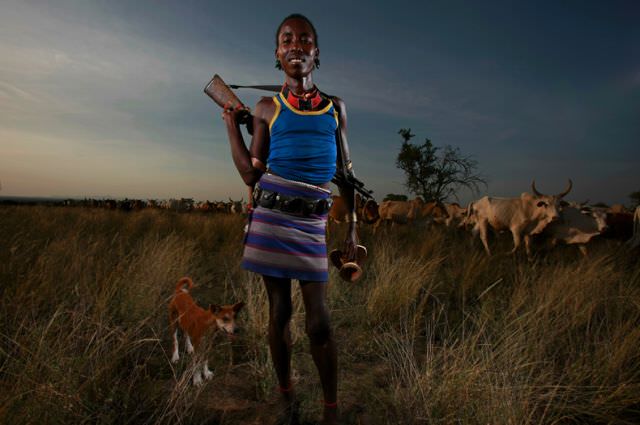 |
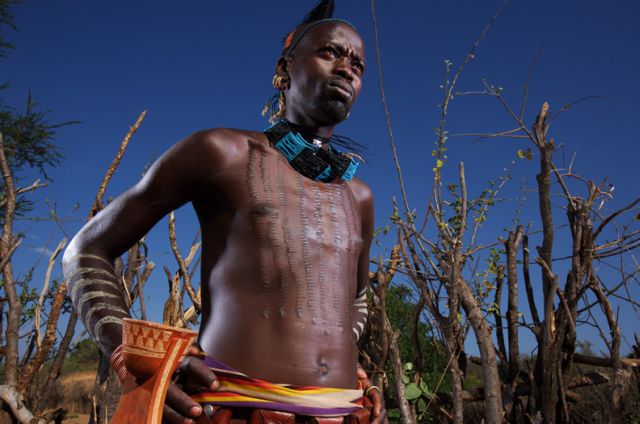 |
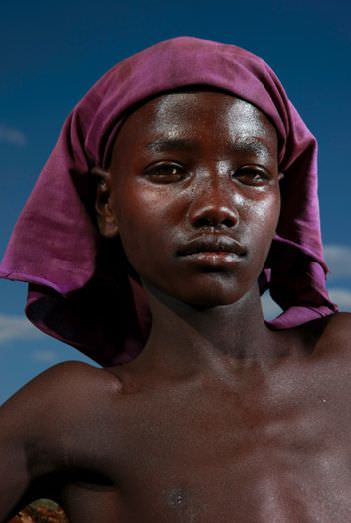 |
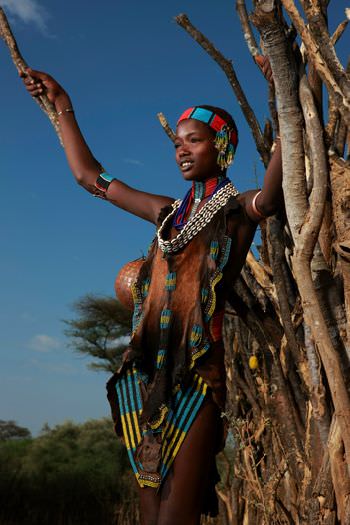 |
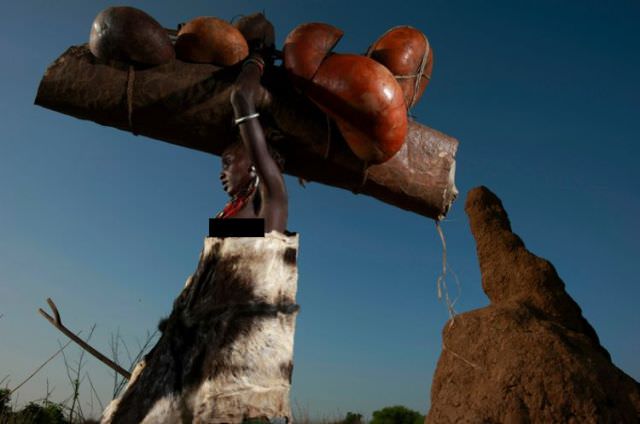 |
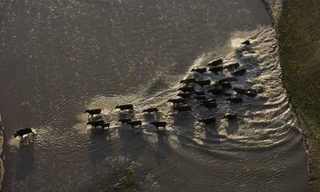
Let's Take a Walk Around Africa...
A great collection of photos from the many faced, many layered continent of Africa.
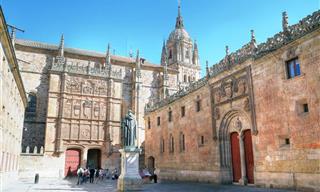
The Incredible Sights and Sites of Salamanca, Spain!
Looking at the most interesting and beautiful parts of Salamanca, Spain

These Places in Britain Are Ones That You'll Never Forget...
There's a lot more to the United Kingdom than just London, as these amazing destinations will prove to you. Take a look at 14 traveler hotspots in the UK.
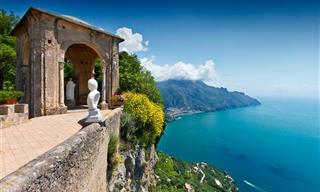
10 Reasons to Visit Southern Italy's Amalfi Coast
In the following images, you'll get to see the 10 most charming coastal villages and sites that you can find there.
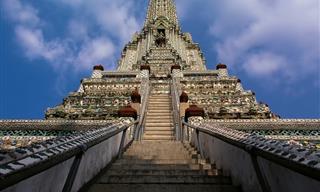
10 Majestic, Ornate Temples in Thailand Worth Visiting
If you're curious to know more, we're talking about the top ten most beautiful and impressive temples hidden in Thailand!
 4:56
4:56
After Watching This, You'll Want to Visit Morocco...
Traveling to and visiting Morocco isn’t exactly what you would call cheap, but every penny that you spend is totally worth it! Take a stunning 8K tour here!

Some Days at Work are Funnier Than Others...
Sometimes, the office provides its own unique brand of comedy gold...

Research Shows: Just 2 Spoons of This to Lose Weight
Cider Apple vinegar is making headlines again following a study that found two tablespoons of it per day may greatly help with weight loss and improving blood sugar. Even more than expensive medications and treatments with many side effects.
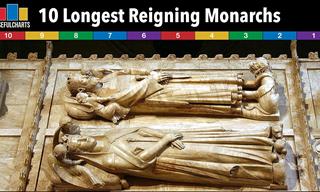 14:18
14:18
10 of the Longest Reigning Monarchs in World History
If you're judging a monarch's success by the number of years they reign, these 10 monarchs are the absolute best!

115 Incredible Facts You Never Knew About Cats!
Cats are the most popular animal on the internet by far, so we made this extensive list of cat facts that will turn you into a feline expert!
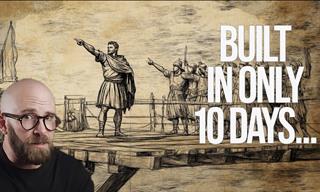 12:19
12:19
How Roman Engineers Shaped the World We Know Today
These engineering marvels made Rome an enduring symbol of innovation and ambition.

18 of the Most Incredibly-Timed Photos You'll Ever See
These photos will leave you in awe of their timing. The visual impact they have is staggering. Take a look at these 18 images.
 3:50
3:50
Why Did Hitler Want to Destroy This New York Basement?
Deep below the halls of New York's Grand Central Terminal theres a secret basement that could have changed the outcome of the second world war...

How Good Are Your Reflexes? Try These Exercises with Kids
Here are 5 great and fun activities to test your reflexes.

Find Your Holiday Cheer in These 10 Christmas Books
These charming Christmas books will get you in the mood for the holidays.

11 Non-Toxic Plants Perfect For Homes With Pets and Kids
You can confidently and safely grow these 11 beautiful and easy plants in a home with small children and pets.

What is the Trait Many Creative People Have in Common?
Turns out the 'mad genius' trope is rooted in truth. Studies show that the feeling of ‘not belonging’ is indeed linked to creativity levels.
 14:44
14:44
Former FBI Agent Explains Basics Of Body Language Reading
Former FBI agent teaches you how distance, gestures and other nonverbal elements can reveal information about a person you're talking to

10 of the Weirdest Things Discovered at Airport Security
Here is a collection of ten of the weirdest things that airport security officers have found when on the job.
 20:10
20:10
The Incredible Story Behind the Taum Sauk Dam Failure
It’s a story of failure, recovery, and hard lessons in the power of infrastructure—and the price of overlooking risk.

The 7 Most Popular Books Ever Sold
In this article, we set aside the Bible and focus on seven other books – from novels to reference works – that have achieved extraordinary global popularity.

21 Fascinating Things You Never Gave Much Thought To
Take a look at 21 strange things that will change the way you see the world.
 2:57
2:57
This Is One of The Most Beautiful Duets I've Ever Heard
Watch this mesmerizing duet from 1981 featuring Donovan and Crystal Gayle. This live performance is their rendition of the classic 60s song ‘Catch the Wind’
 9:25
9:25
According to the CIA, This Is How Disguises REALLY Work
Ever wondered how spies and intelligence agencies manage to make their disguises look so utterly convincing? Find out here.
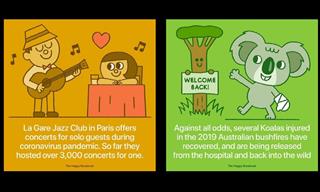
14 Positive Stories to Bring Some Cheer Amidst the Gloom
These positive news stories show that there are still things to smile about.

Savor These Delightful Short Films This Christmas Season
Here are some of the most wonderful Christmas-themed short films that you can watch this holiday season.
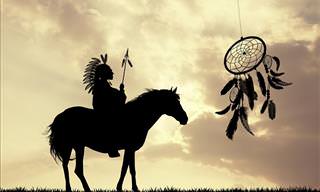
These Native American Achievements Are Truly Outstanding!
Read all about ten of the greatest achievements that the Native Americans made before the arrival of Europeans
 8:40
8:40
1 Day in Pompeii: Experience That Fateful Day!
One day in 79 AD the city of Pompeii was tragically destroyed by an extraordinary volcanic eruption. This video shows you just how the scene would have unfolded.

This Will Change Your Perspective On Anger
Anger is an often misunderstood emotion. These facts about anger will change your views on this common emotion.
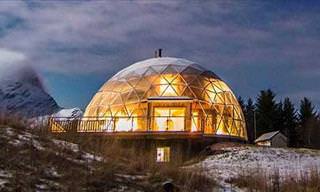
This Family Moved to the Arctic Circle to Live in a Dome
This Norwegian family is incredibly bold - its members chose to move to the Arctic Circle to live there permanently. Their home is also sustainable. Take a look

Experience the Dramatic Moments of WWII in Moving Color
This 13-episode television documentary series recounts the major events of World War II in HD color.

Instead of Plastic, These People Used Smart Alternatives
Check out 14 excellent examples of people and companies fighting the global plastic problem.

15 Movie Facts That Will Make You Want to Watch Again...
hese facts can change the way you look at iconic moments, reveal unexpected connections, or show just how inventive filmmakers had to be.

Let’s Learn About 7 of the Longest Words!
Did you know that the longest word to appear in literature clocks at a staggering 183 letters? Find out about more such longest words.

Facts from History You’ve Likely Never Heard Before
If you’re someone who loves uncovering the lesser-known corners of the past, you’ll find something special here.

5 Ancient Ruins Brought to Life Again With Modern Tech
Take a look at the digital remakes of five important world heritage sites and also learn about their fascinating history.

If You Knew These English Facts You Must Be a Genius
Yeah, you are fluent in the English language, but do you really know that much about it? We bet we can surprise you with these language facts.
 2:59
2:59
Rare History: Watch as Helen Keller "Speaks"!
Long before Steven Hawking astounded us with his resolve in the face of adversity, there was a woman who was shocked the world with her ability to have a life, gain a degree and even become an author, political activist, and lecturer.

12 Bizarre Events You Won’t Believe Actually Happened
Check out these 12 unbelievable facts that will leave you amazed.
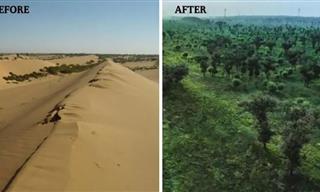
These Photos Prove: Time & Angle Make All the Difference!
These fascinating comparison photos highlight what a huge difference time angle can make!

9 Unusual Facts You Probably Didn't Know About July 4
There’s still so much you don’t know about America’s Independence Day.
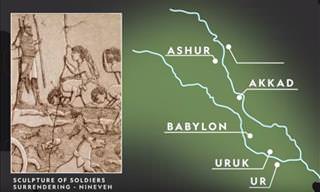 4:10
4:10
It's Time to Learn All About Ancient Mesopotamia
Learn all about Ancient Mesopotamia, once known as the 'land between two rivers,' in this informative video.

These 15 Interesting Facts Really Surprised Me!
Our world is full of surprises, amazing stories, funny coincidences and events you've never heard of - so we've collected 16 of them to share with you ...

These Alternate Versions of History Will Blow Your Mind...
Our world is full of 'what if?' questions, since we just love to speculate about how things could have turned out differently. Here are 10 of the best!

8 Hilarious Malapropisms by Famous Figures
Everyone, from politicians to celebrities, had a language slip-up at least once...

Welcome the Summer Season with These Beautiful Quotes
Welcome the balmy summer season with these beautiful warm-weather quotes.
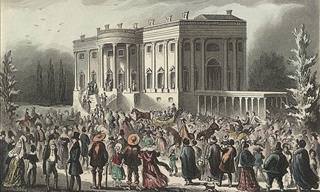
You Won't Believe These Stories of the White House
The White House stands as a glorious monument to American politics, and in its 200 years of history, has had quite a few interesting encounter!

Don’t Say These Words Abroad, You Might Be Misunderstood
These 15 words are all similar to English ones, but they mean something completely different in other languages

12 Unique and Beautiful Words That Charm and Delight
Take a look at this list of some weird and wonderful words that you are unlikely to have read in your language course in school.
To enable your Ad-Free Subscription, please fill the fields below
Your subscription was successful, now you can enjoy an ad-free experience!! Note: To make sure you get no ads, please make sure to log in to your account. If you are logged in already, then refresh the page. The subscription can be cancelled at any time.


